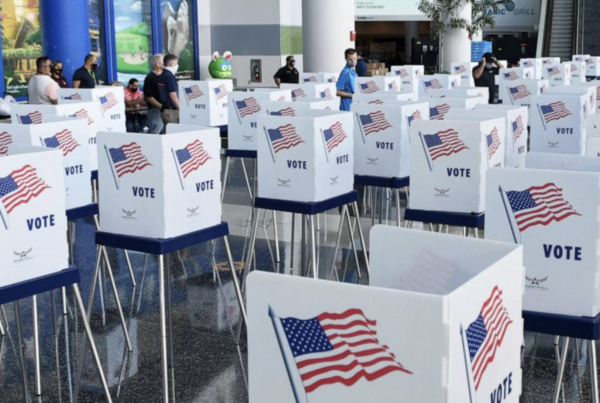You may know the struggle of taking a national campaign or brand and attempting to implement it district by district across the state, region or nation. With each district, you lose a little bit of control as you realize that certain messages don’t apply to the same areas. You now have to learn the nuanced ‘do’s and don’ts’ with each of your respective publics.
According to a 2019 LucidPress study, 81% of companies deal with off-brand content, and states that thorough brand consistency could increase a company’s revenue by 33%. As with any campaign, consistent messaging is key to achieve increased audience awareness and engagement.
So, how do you realistically work with local districts to implement an at-large campaign? And how do you ensure that the local districts are consistently in line with the national campaign messaging?
- Know your audience
Each local group’s invested interest in a national campaign is going to vary. Some states are going to be enthusiastic about moving forward with a new campaign and others are going to look at the workload and be uninterested, understaffed or think it does not apply to their community.
By recognizing each group’s enthusiasm about the campaign, it will help you and your team to create a unique engagement path, ranging from the least engaged to the most engaged.
- Create an engagement ladder
You need to ask yourself, “What are the bare necessities?” You or your team needs to identify what parts of your campaign are the most crucial. As you work your way up the ladder, gradually begin to add extra steps.
For example, the most basic task could be a social media post and an email. The next level could be a series of social media posts and two emails. The third level could be a blog post, multiple emails and a social media campaign, and so on.
This gives local districts the ability to tailor the campaign to their audience with each post. For example, a district located in an urban area may emphasize different energy policies than a rural area, tailoring messaging to smart city planning and renewable energy policies.
- Make it as easy as possible
Picture this: you’re crunched for time and the national association wants you to send two emails about their latest campaign and create social posts. Now you have to take the time to fully develop messaging, write and edit an email, create graphics, write and schedule social content, all on top of your regular job duties.
As a national campaign manager, how can you make this easier?
The simplest answer is: templates. We work with national associations to finalize template language for social posts, emails, blogs and more. Now, instead of asking individual states to develop their own content, they can simply copy and paste. We work with local districts to remove items that don’t apply to them, recognize nuances within the language and make it more applicable to their community. This is an excellent resource for multiple reasons:
- It decreases the time needed from individuals to implement the campaign
- You have more control over the language to ensure message consistency, mitigate errors and maintain national brand cohesiveness.
- Templates allow for feedback from districts, enabling them to make necessary changes. This method allows districts to pinpoint the messages that will resonate best with their target audiences.
- Incentivize local districts
When transferring a national campaign to localized districts, it can often be difficult to get states on board, making it that much more difficult to get the campaign quickly up and running. By incentivizing states to launch the campaign, they become aware of clear reasons to invest their time and energy into the project.
Ways to incentivize local districts include resharing social posts and featuring local work on the national social accounts. This content not only reaches a larger audience, but gives districts a leg up and boosts their engagement at the beginning of the campaign to get them off the ground.
These 4 strategies will help you smoothly transfer a national campaign to a locally-led one. Your campaign can then gain the traction it needs to create change from small communities to the entire nation.
This year, Sinclair Public Affairs has successfully bridged numerous national campaigns into local campaigns on behalf of our clients. If you are interested in updating your campaign efforts, our trained staff at Sinclair is here to help. Contact Sinclair Public Affairs at [email protected]



